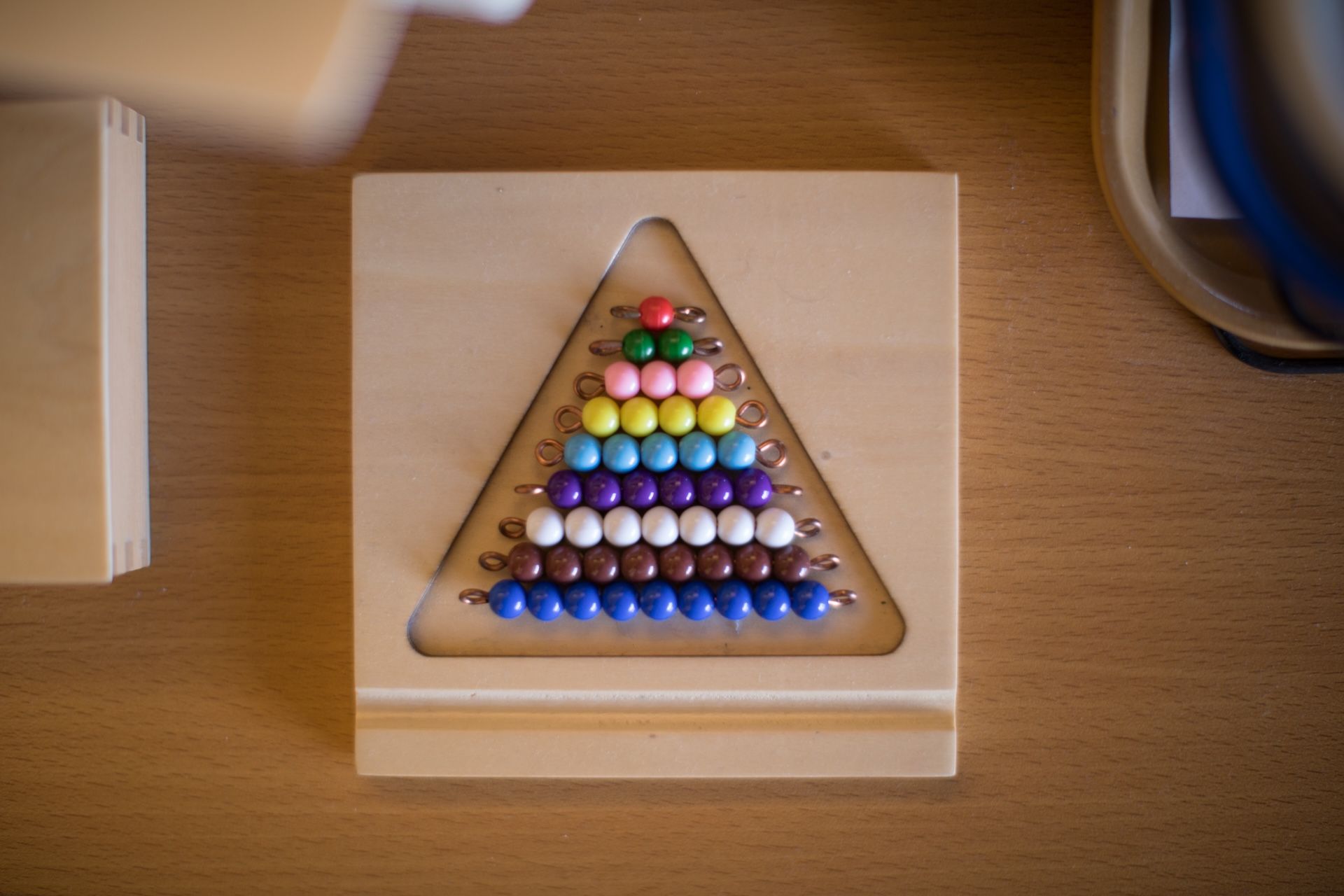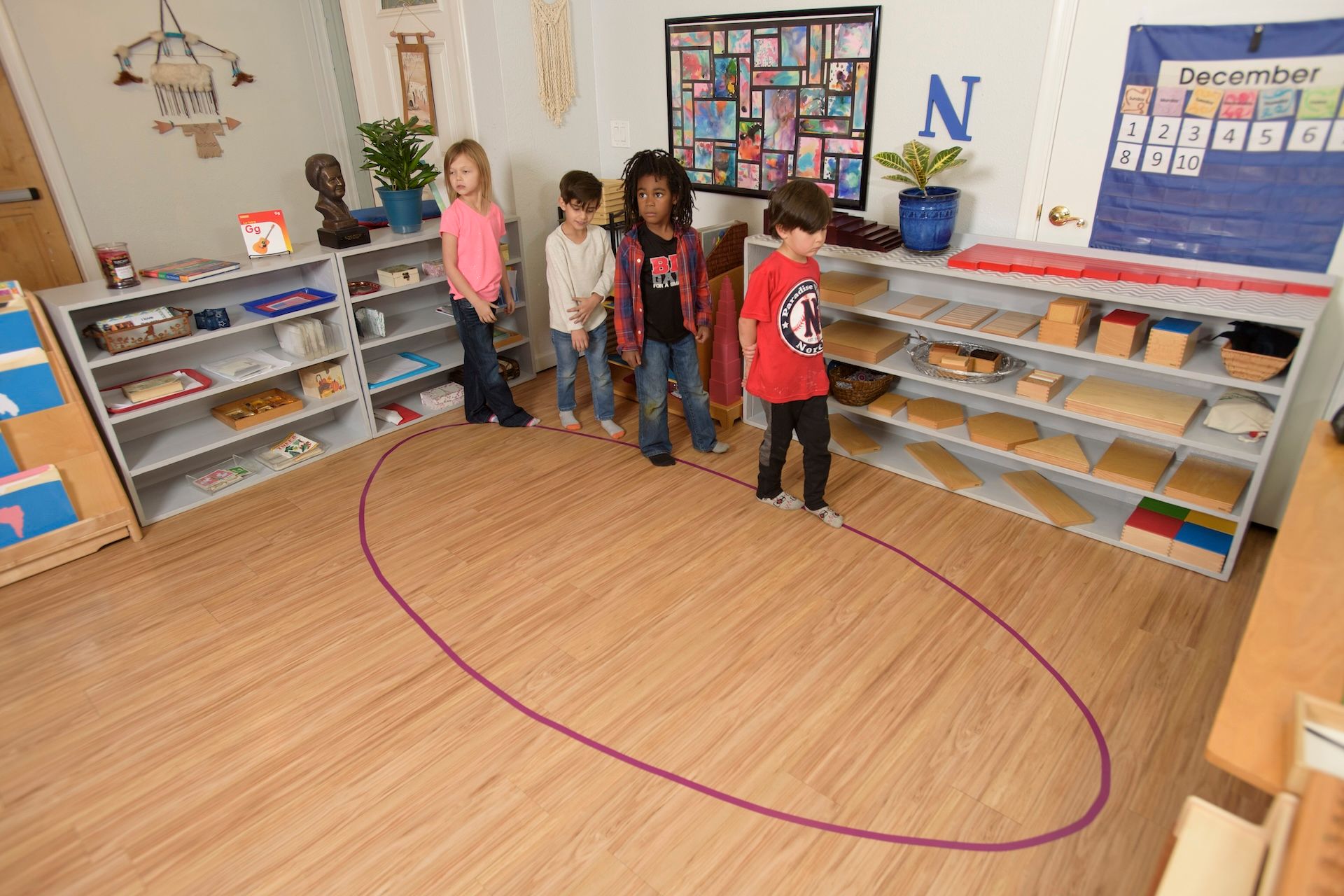We worry. As parents we worry about our children’s academic success, seeing it as the gateway to a good future. As educators we worry about whether we are making a positive impact on the students. It should come then as no surprise that we constantly question whether the methods used in our nations classrooms are effective. One of the central questions under study recently is how effective play is at helping students to learn. Play is central to Montessori. We’ve discussed the importance of play before, and probably will do so again. Today we will instead lay a foundation for that conversation, we will talk about what play is, in both an academic and a practical sense.

The Oxford English Language Dictionary Defines…
The importance of play has been a hot topic in early childhood education for a long time. The definition of what play is, however, is much more elusive than you might expect. Sometimes the most basic concepts are the hardest to truly define; we get caught in the small edge cases and lose sight of what is at the heart of what we mean. The first real book on play, Homo Ludens, was published in the 1940’s. It’s author, Johan Huizinga, had the following to say:
“Summing up the formal characteristic of play, we might call it a free activity standing quite consciously outside ‘ordinary’ life as being ‘not serious’ but at the same time absorbing the player intensely and utterly. It is an activity connected with no material interest, and no profit can be gained by it. It proceeds within its own proper boundaries of time and space according to fixed rules and in an orderly manner. It promotes the formation of social groupings that tend to surround themselves with secrecy and to stress the difference from the common world by disguise or other means.”
This is a long winded attempt at defining play, and has some parts which you may not agree with. The interesting part of this quote though is the idea that play manages to be both ‘not serious’, and at the same time ‘wholly engaging.’ We understand that we’re just playing, but we allow ourselves to open up and being absorbed by the activity, organically giving us some stake in it.
Our ability to be absorbed in the activity is what allows us to learn from it. Research has shown again and again that when we have a stake in material we learn better. Much of the modern focus in schools is placed on creating a sense of agency for children. We want children to have a stake in their learning, and to that end there is no more powerful tool than play.
A more modern attempt at defining play, by the National Institute for Play, defines it by breaking it into seven categories. You can read about those categories here, http://www.nifplay.org/science/pattern-play/ , but the takeaway is that play can be both individual and group based, can involve objects or simply exploration of the mind.
Imagined Rules, Real Consequences
A textbook understanding of something doesn’t always capture the nuance. Perhaps the reason play is so difficult to define is that it is such a nuanced idea. Current research, like this wonderful paper by Rebecca Marcon, http://ecrp.uiuc.edu/v4n1/marcon.html , indicates that guided play is far more effective for children than just lecturing at them as we would in middle and high school. So when we use the Montessori method to help students learn, we have a much more field tested definition of play.
Play is about discovery. Whether children are playing with an instrument to try and learn what it is capable of, or playing with blocks to create something, they are attempting to discover something about the world around them. This creates an engagement which allows for powerful, guided learning to occur. Our teachers help them probe, discover new questions, and guide their exploratory process.
Play isn’t random, it is structured. We create each activity to serve a purpose. The children get absorbed by the activity, and through the rules gain both insight and joy. We teach the fundamentals of something like mathematics and space by example. Children perform sorting tasks, and learn as they go along. Play gives them an opportunity to experiment, fail, experiment more, and finally succeed.
Has this helped to illuminate some of the practical and theoretical ideas behind play? A simple idea, but with a vast hidden complexity to it. We’ll leave off on a quote by Maria Montessori herself.
“We cannot create observers by saying ‘observe’, but by giving them the power and the means for this observation and these means are procured through education of the senses.”
The post What is Play? appeared first on Pebblecreek Montessori.
Hours
MONDAY - FRIDAY
HALF DAY: 8:30a – 12 noon
ACADEMIC DAY: 8:30a – 3:30p
EARLY CARE: 7:00a – 8:30a
AFTER CARE: 3:30p – 6:00p
OFFICE: 8:00a - 4:00p
Programs
Connect
Pebblecreek Montessori




